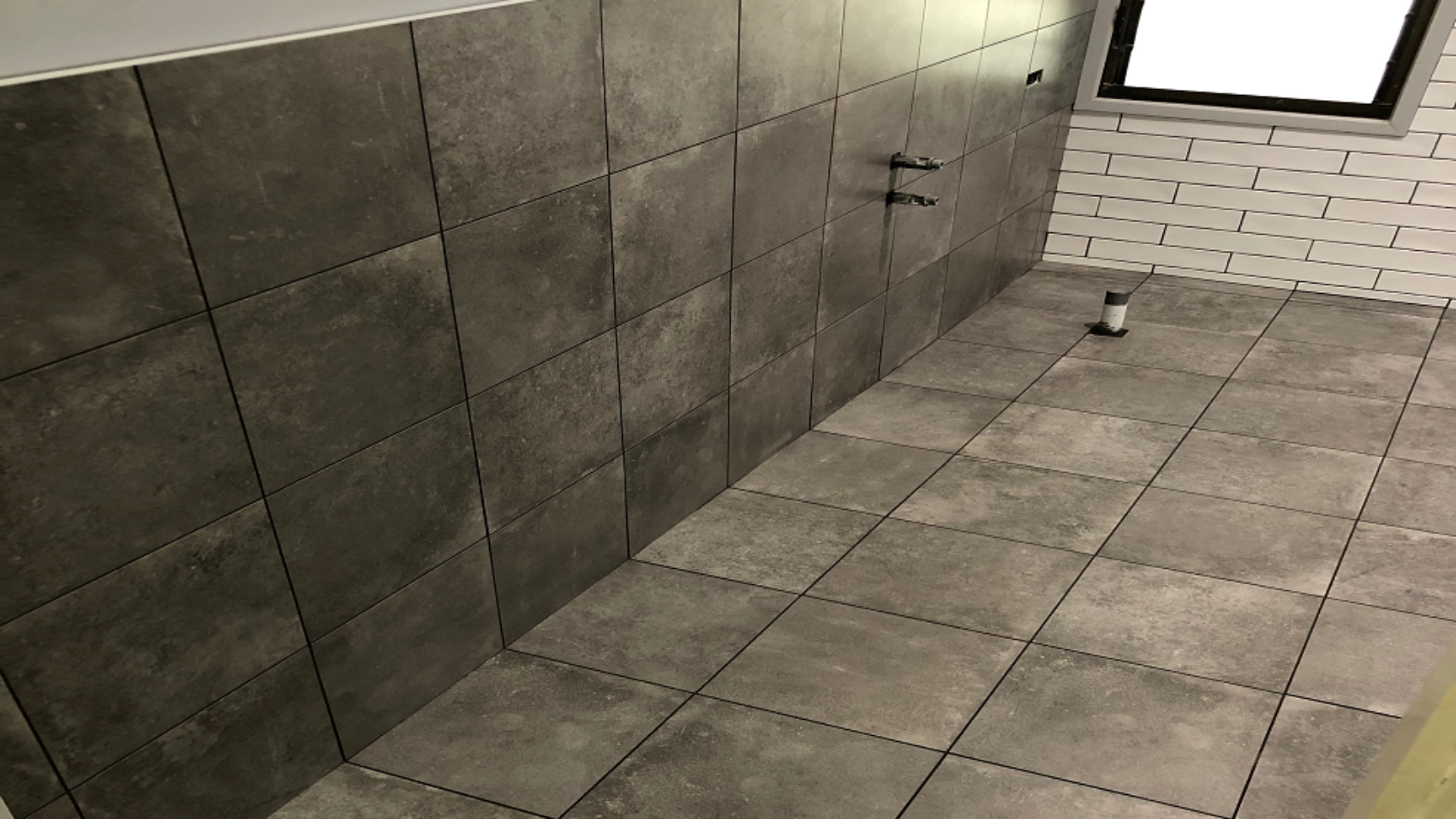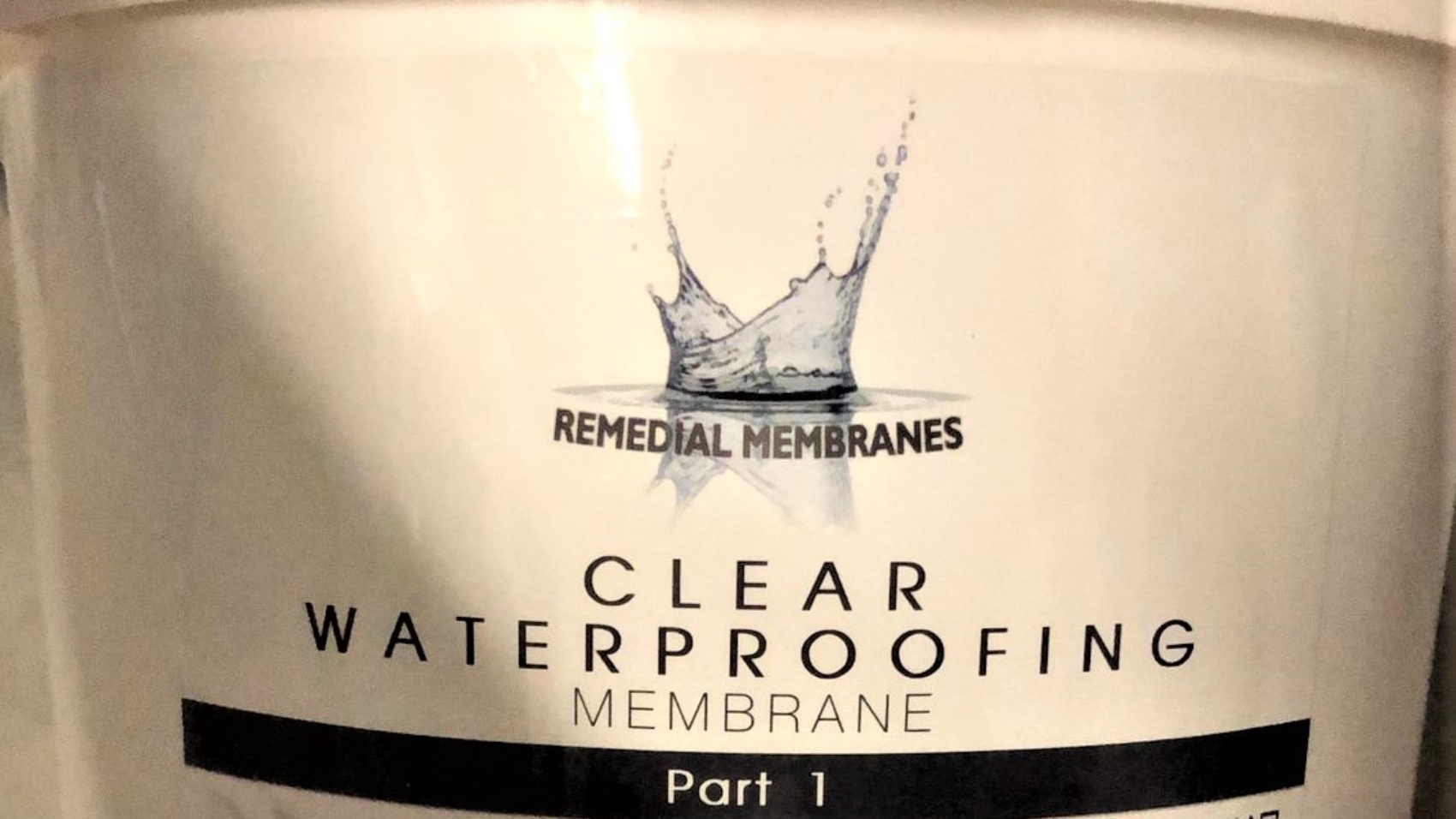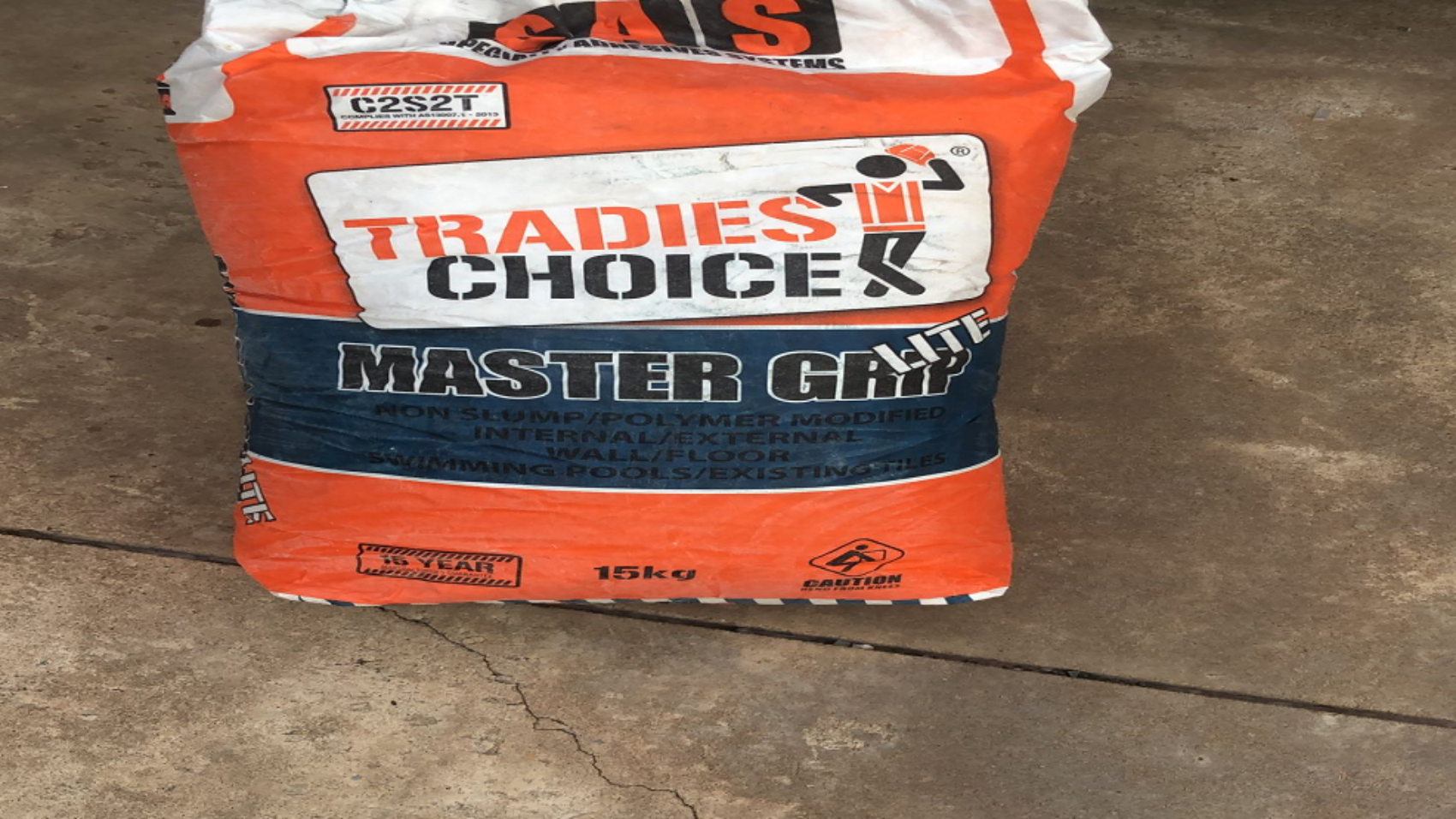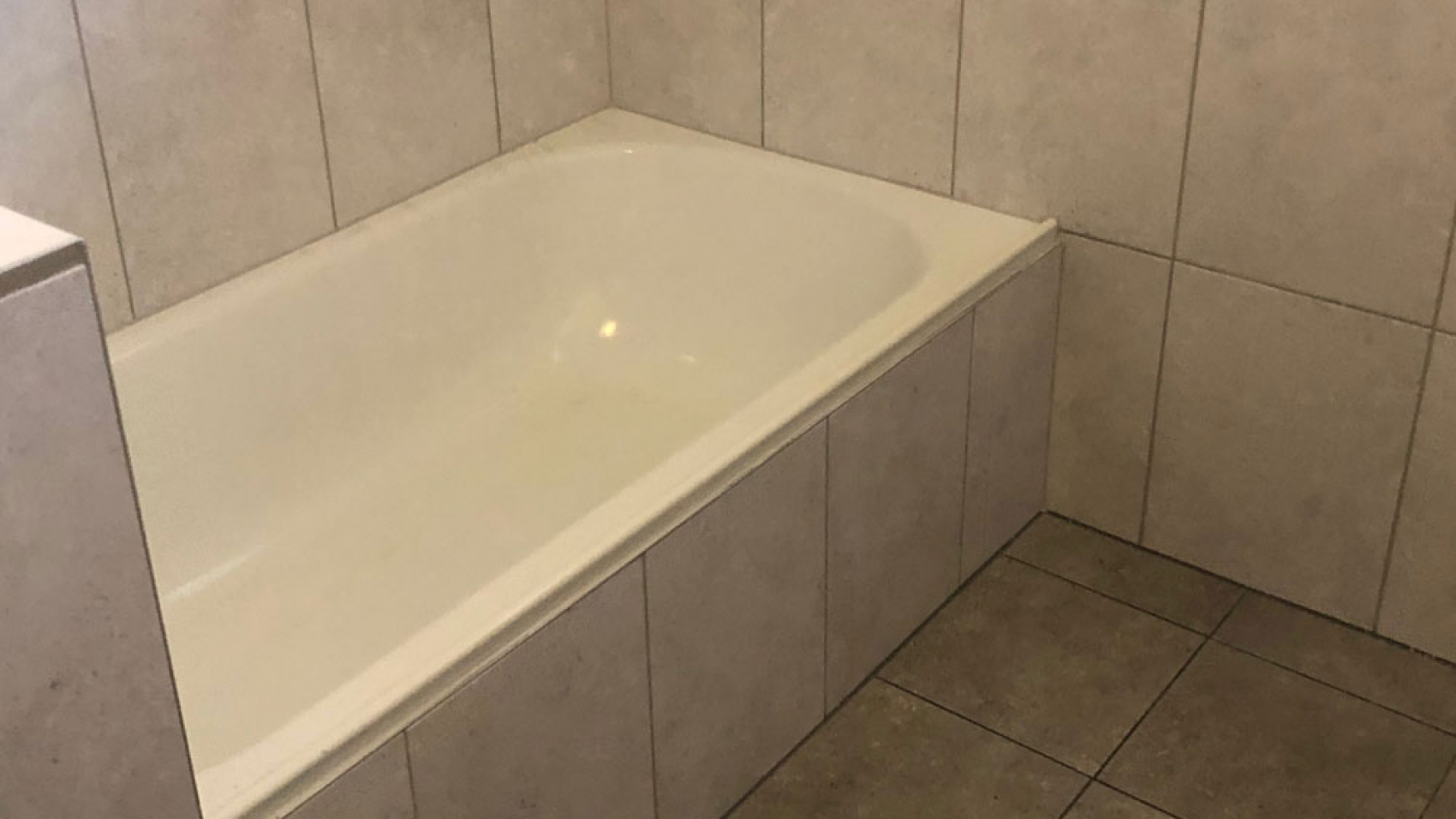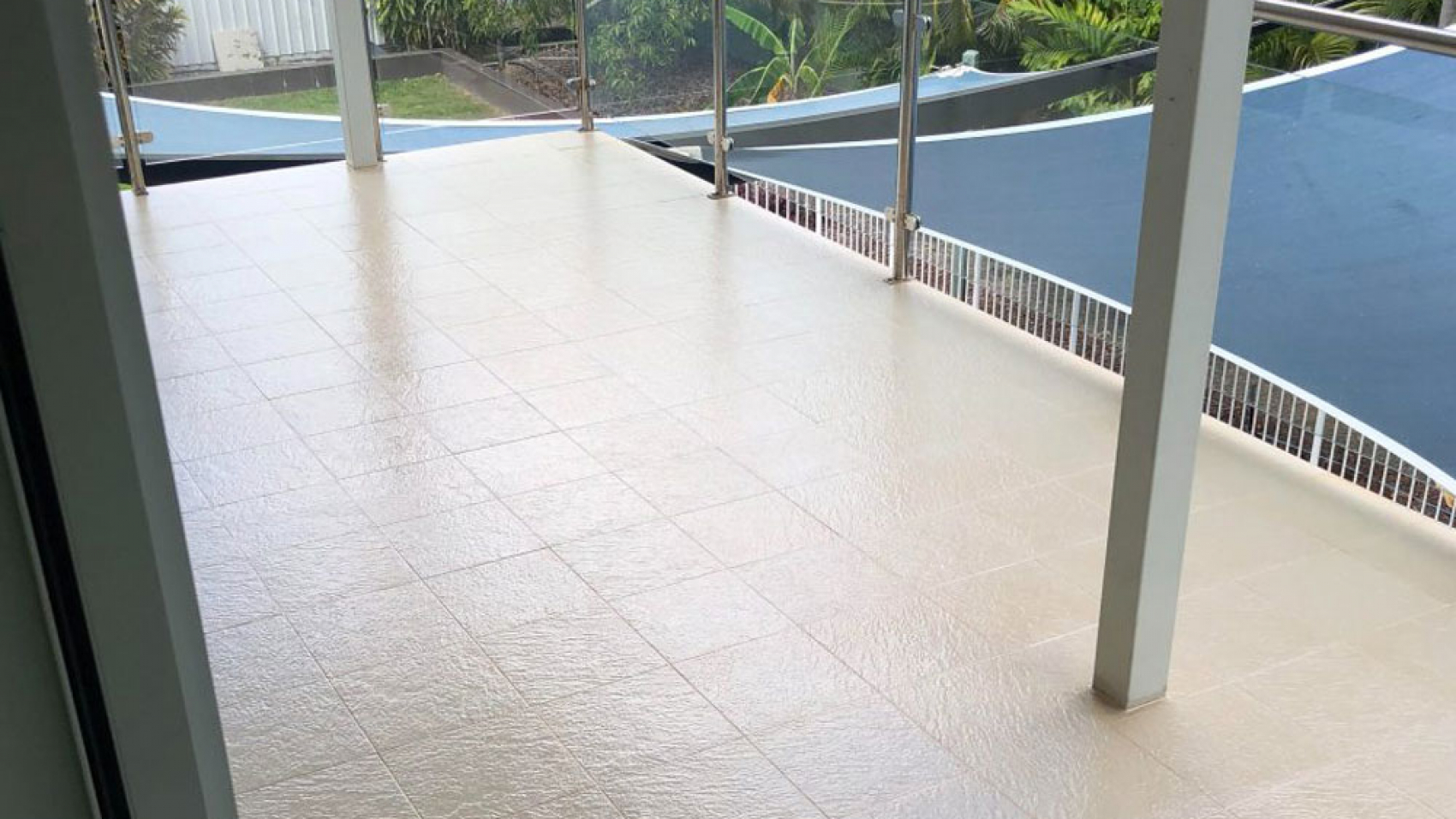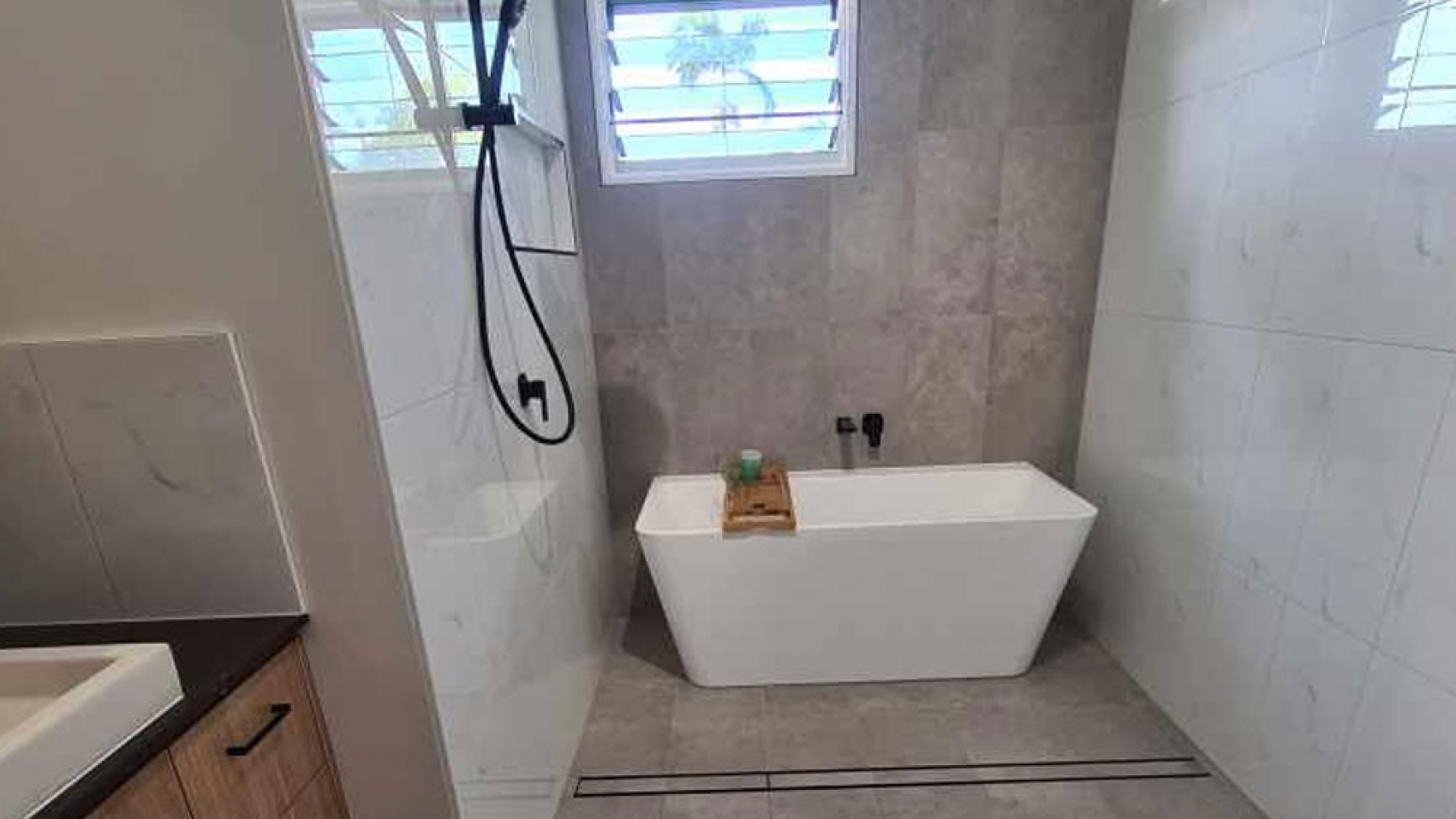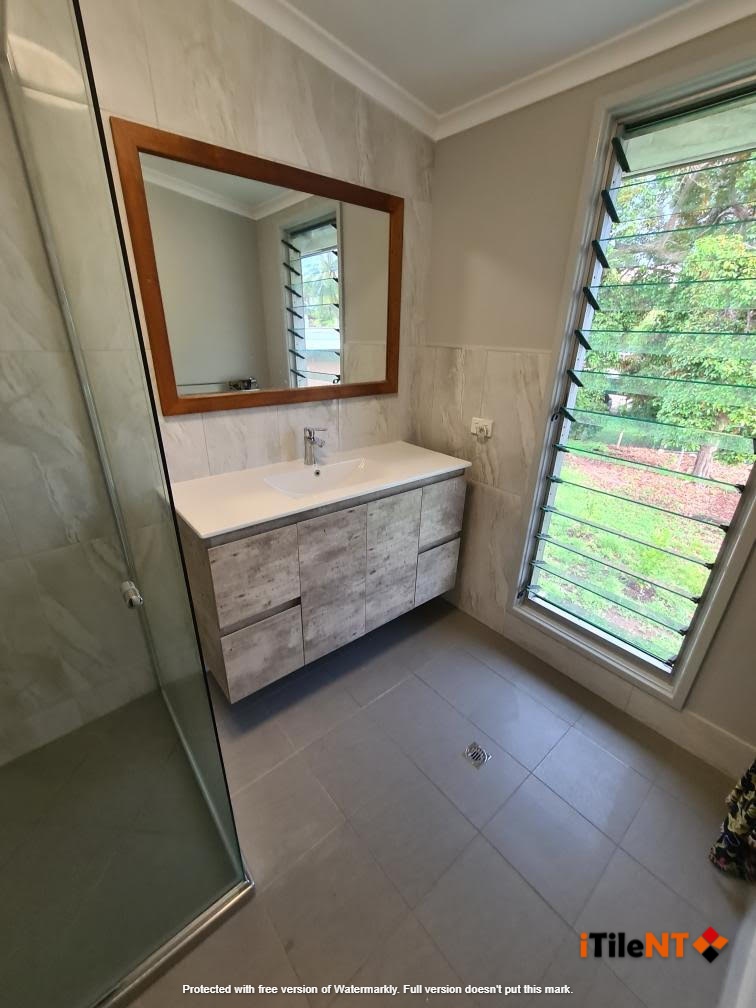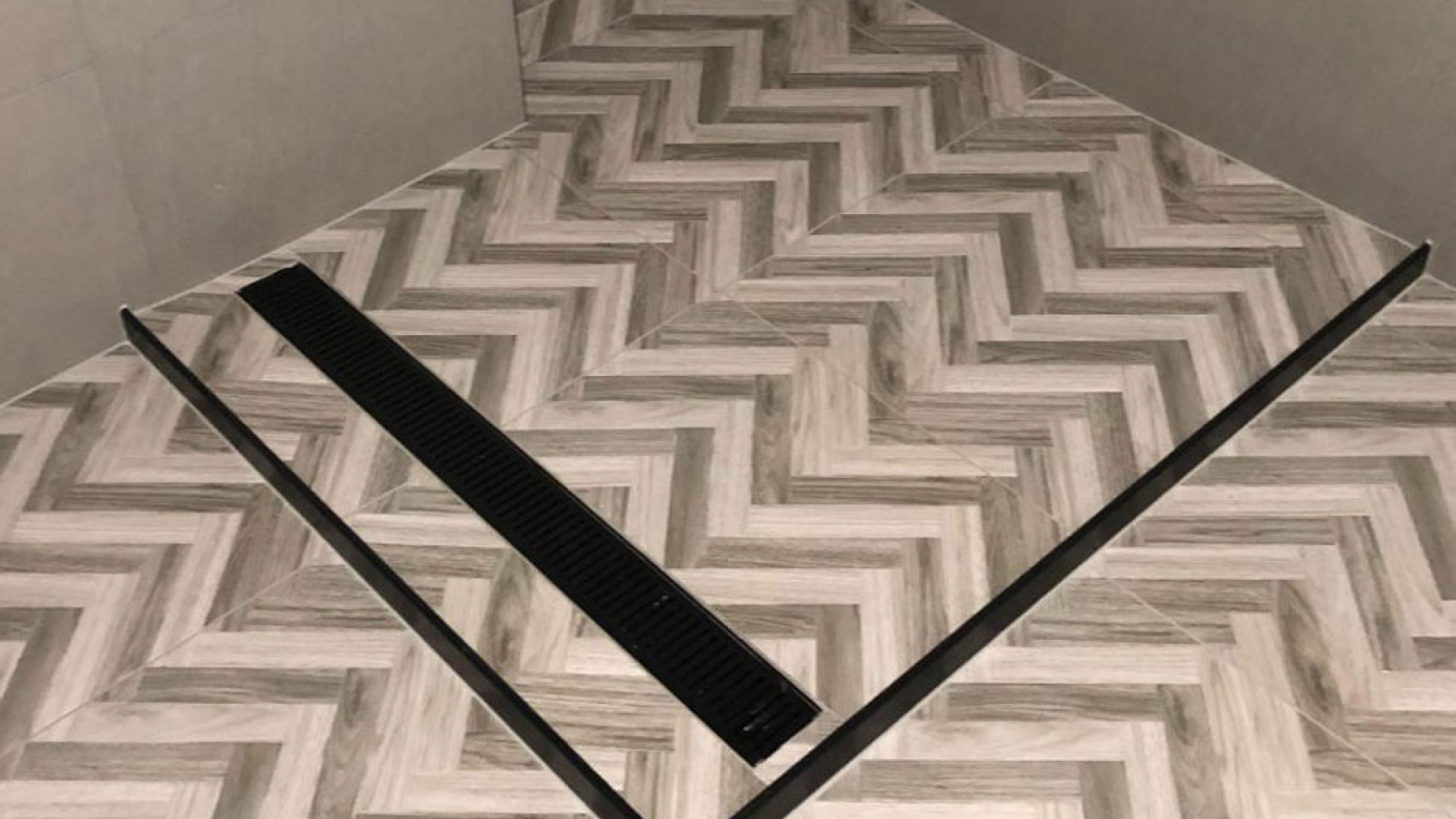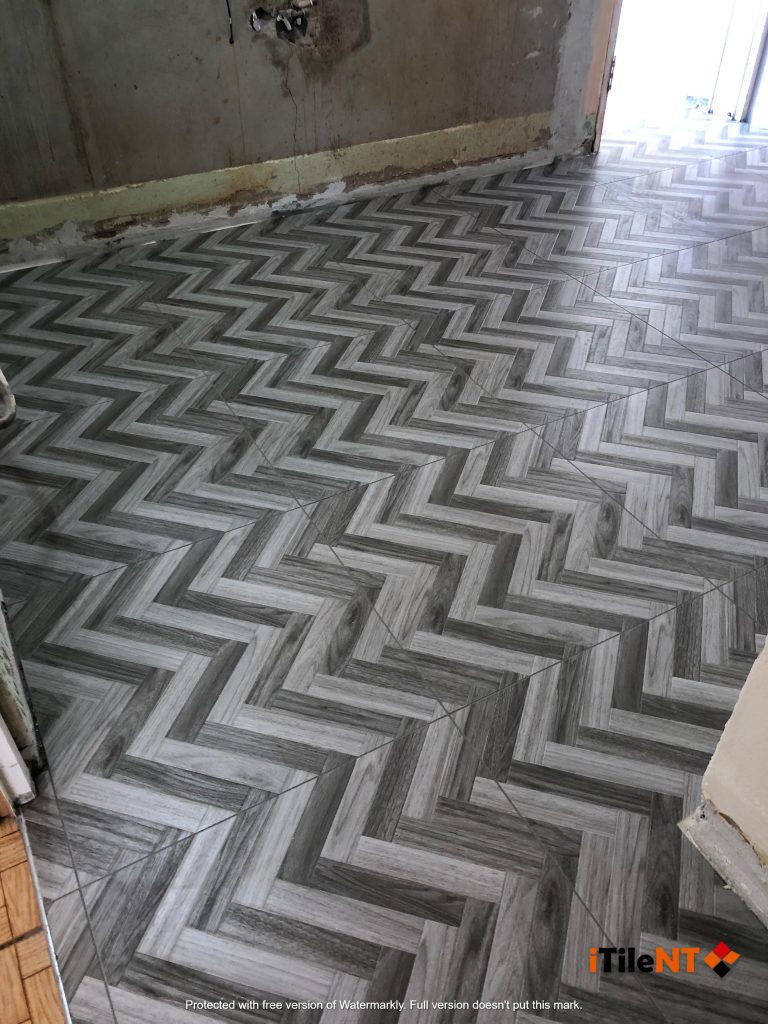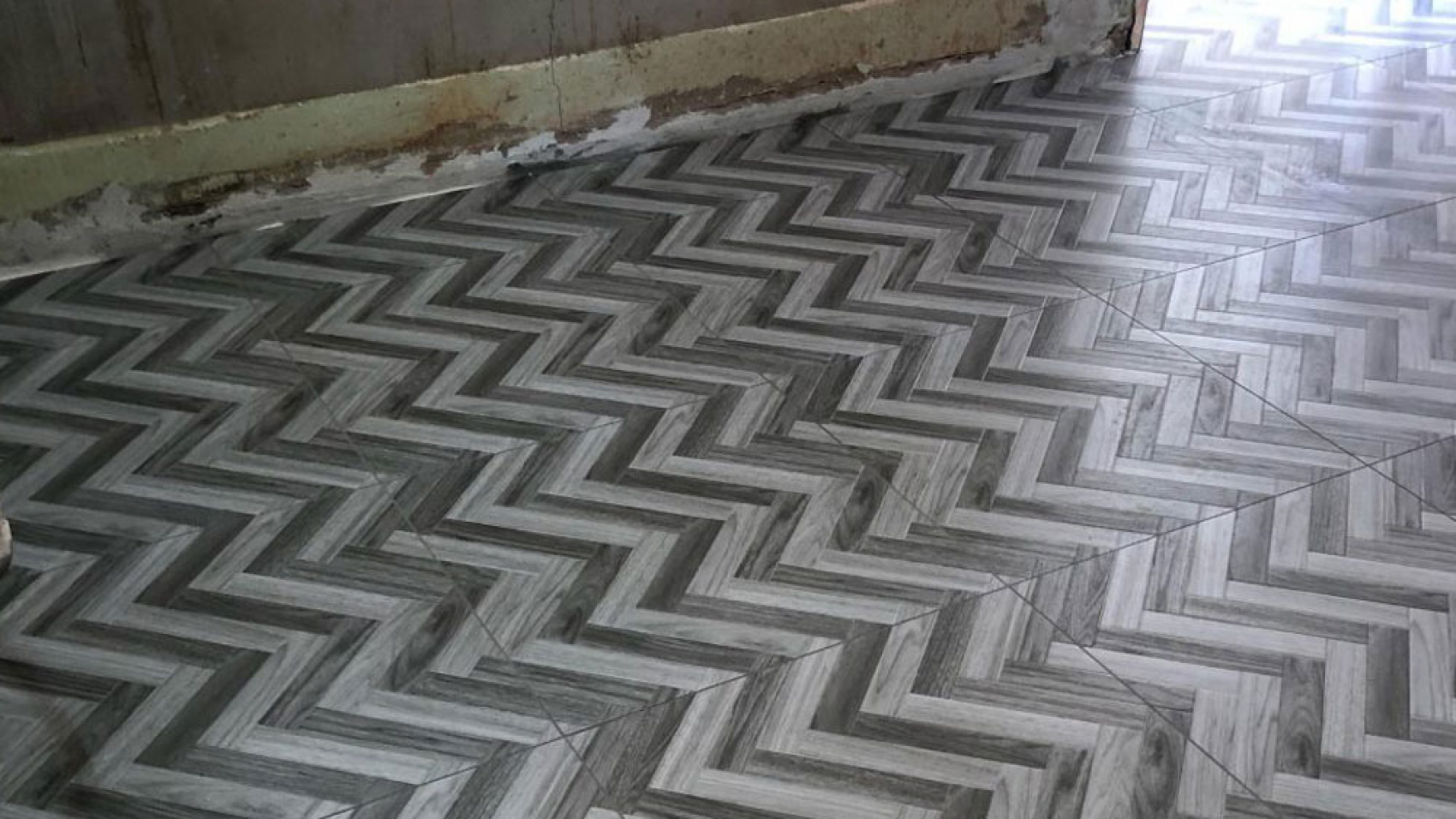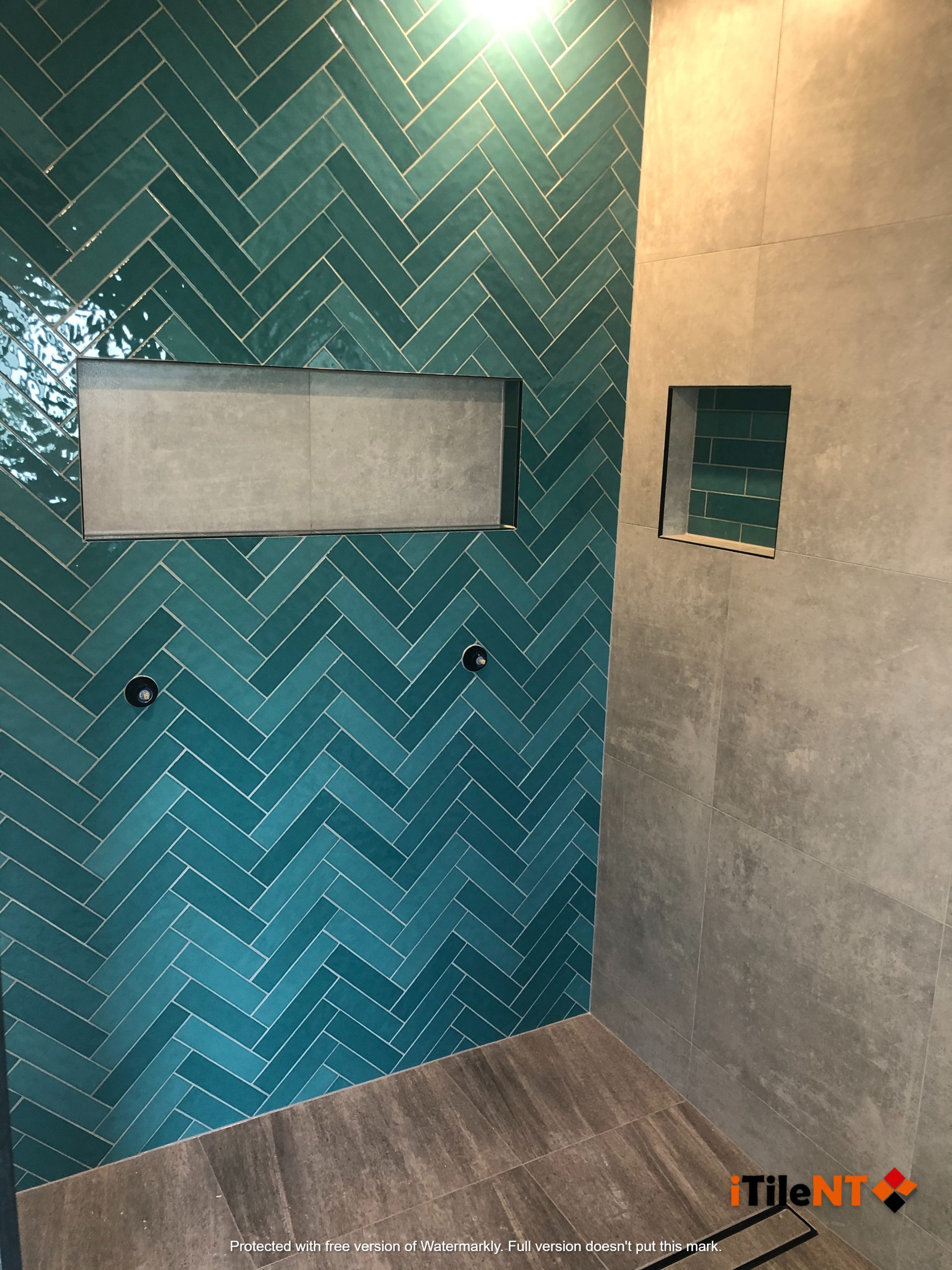You ideally want your home’s floors to last as long as necessary. However, you are aware that elements such as water and humidity can be dangerous to them. Floors are especially prone to water damage, especially in rooms like the bathroom, where an overflowing tub, a burst pipe, or the collapse of a floating vanity can instantly become a costly hassle.
You can use materials that are resistant to these components on your floors to ensure that it remains preserved and beneficial. When you are using waterproof tile flooring adhesive to secure your floors, you can have peace of mind.
Why Is Shower Tile Waterproofing Necessary Before Installing It?
Tile’s water resistance makes it the recommended material for moisture-prone areas such as bathrooms, tub surrounds, and tile flooring. However, there are two possible issues to consider when implementing tile in wet and humid surroundings: water vapor that can disperse into the walls or floors and bulk liquid that can come from leaks.
Water vapor is an unseen foe that can travel through tile settings and start causing moisture issues without being detected. While bulk water can occasionally evaporate and exit through the air handling systems, any remaining liquid generates ideal conditions for mold and mildew to develop.
It is a bad decision to completely ignore water insulation systems when installing tiles in the most humid rooms of a house, particularly in showers and steam rooms. If you don’t have the perseverance for insulation or genuinely assume that tiles are impenetrable, think twice! Keep in mind that water insulation systems are comparatively cheap in comparison to the expenses you will incur later on.
Key Advantages Of Installing Waterproof Tiles In Your Home
1. Avoiding Slips And Falls
You can prevent yourself from falling when you walk on tiles by using waterproof tile flooring adhesive in your household. Water can cause your floor tiles to come undone if it starts getting under them. Because the tiles are no longer adhered to the floor, you may slip and fall when walking over them.
When you are using waterproof tile flooring adhesive, you can maintain the floors in position even if water comes under the tiles. You can comfortably walk across your floors, knowing that they’ll never slip out of place and cause you to fall.
2. Ability To Adapt
Another important feature of waterproof tile flooring adhesive is its adaptability. It can be used on floors throughout your home, especially in areas with high humidity and moisture. You can, for instance, use this to lay the floors in your home’s utility room. This room could house your washer and dryer, both of which produce heat and humidity that can potentially harm your flooring. You can use waterproof tile flooring adhesive to keep the floor in your utility room from bubbling, scrunching, or looking loose.
In the same way, waterproof tile flooring adhesive could be used in your finished basement. If you intend to successfully complete your basement and build a family room or bedrooms in it, you should use water-resistant equipment. You can keep the floors in position even if the basement has become humid or wet by using waterproof tile flooring adhesive. Waterproof tile flooring adhesive is intended to last about many years. You can use this to secure your floors without needing to worry about having to adjust new layers to keep them in good condition.
Waterproof tile flooring adhesive has a number of benefits for your home. It keeps floors protected even when water gets underneath them. It is also adaptable enough to be used in a variety of rooms and has a long lifespan.
Keep The Waterproof Tile In Good Condition
A water-resistant floor material, such as waterproof vinyl or tile, has the added benefit of being easy to clean and maintain. Spills can be wiped away easily, and stains from common bathroom products, such as soap residue, can be treated with a steam mop.
Itile Bathrooms NT is a Waterproof Tile Accredited Installer. When you hire us, you are guaranteed not only high-quality materials, but also high-quality service. Our knowledge complements our commitment to completing the best waterproofing projects for you.
We have over 20 years of experience in Darwin, Palmerston, and Humpty Doo, providing a full range of demolition, waterproofing, and tiling services. Contact us today with your questions, and our team will gladly assist you:

